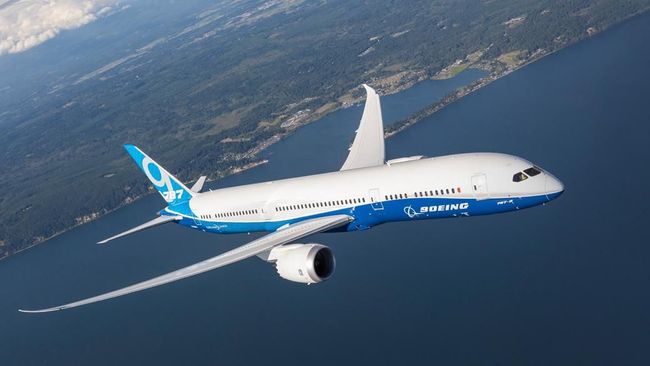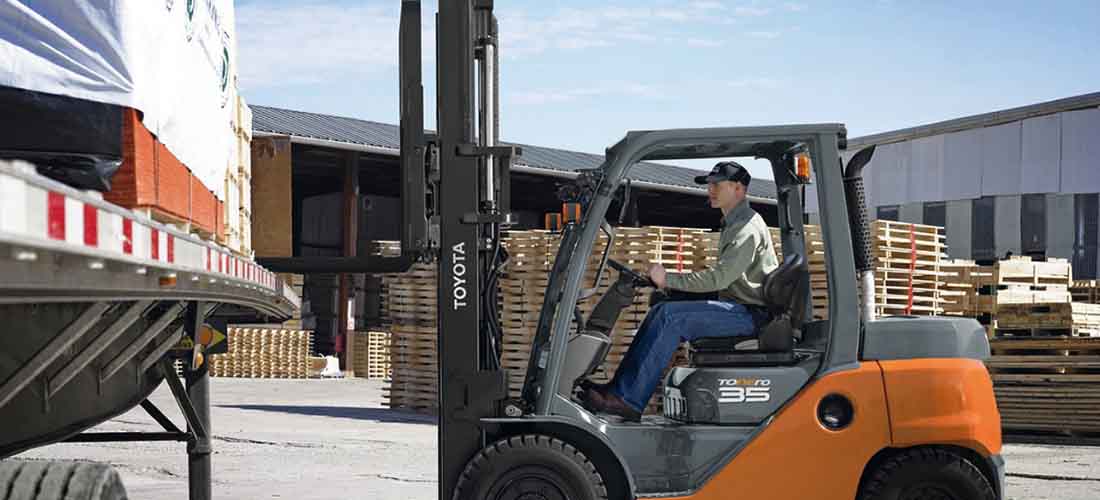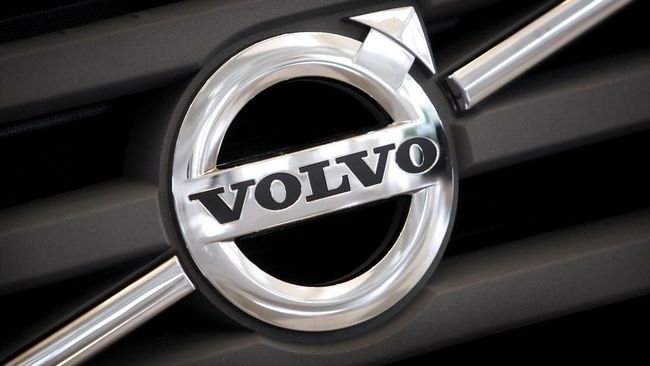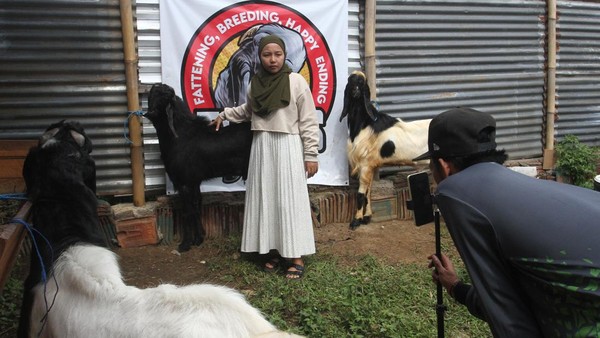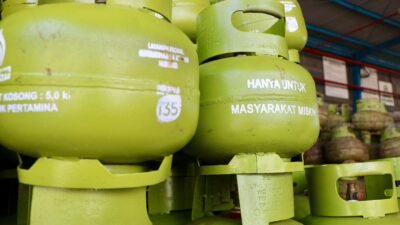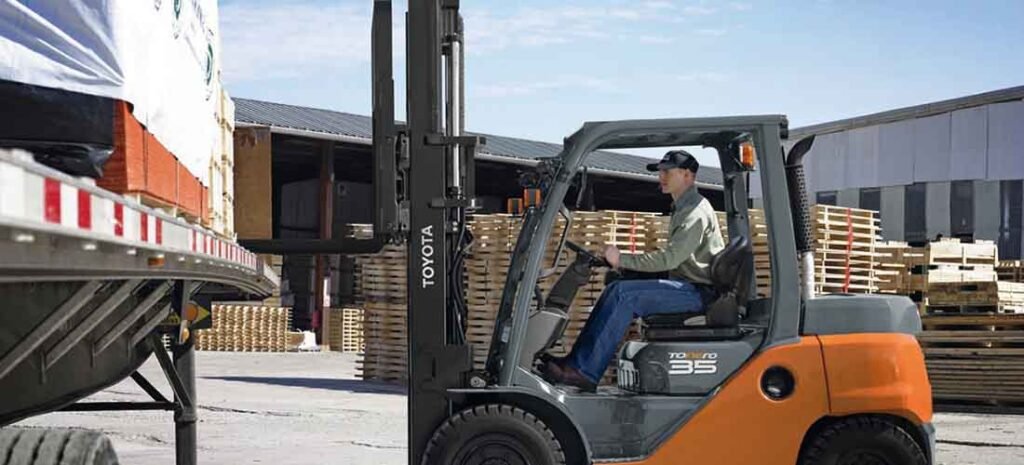As China continues to modernize its aviation fleet, many older Boeing aircraft are being retired or phased out. In a surprising twist, Indonesia and Malaysia have expressed readiness to accommodate these decommissioned planes, potentially giving them a second life in Southeast Asia. This move has sparked interest across the aviation industry, highlighting the region’s growing role in global aircraft operations and fleet management.
Why China Is Retiring Boeing Jets
Over the past few years, China has aggressively pushed for newer, fuel-efficient aircraft to align with both environmental goals and growing passenger demand. Additionally, the development of its domestic aircraft industry, including the COMAC C919, has contributed to the gradual phasing out of older Boeing models, especially the 737 and 757 series.
With the aviation landscape shifting, Chinese airlines are now offloading aging fleets to focus on modernization. This strategy leaves hundreds of airworthy but aging Boeing planes in need of new operators or long-term storage.
Indonesia and Malaysia See Opportunity
Recognizing the potential in these available aircraft, Indonesia and Malaysia have stepped forward. Airlines and aviation authorities in both countries are reportedly preparing to absorb, store, or even reactivate the grounded jets for commercial use, cargo conversion, or parts salvage.
- Strategic Geographic Location: Both countries are strategically located for regional flights and cargo operations across Southeast Asia and beyond. The addition of pre-owned Boeing aircraft can strengthen low-cost carrier fleets and logistics networks.
- Expanding Aviation Markets: As air travel demand continues to grow post-pandemic, especially in Southeast Asia, additional aircraft can help local airlines scale up quickly without the high cost of new jets.
- MRO Industry Boost: The Maintenance, Repair, and Overhaul (MRO) sector in Indonesia and Malaysia stands to gain from this influx. These aircraft will require inspections, refurbishments, or repurposing—creating jobs and investment in aviation infrastructure.
Environmental and Regulatory Considerations
However, the decision to take in China’s retired aircraft is not without challenges. Regulatory bodies in both Indonesia and Malaysia must ensure that the incoming planes meet international safety and emissions standards. Moreover, environmental concerns around older aircraft—such as noise pollution and fuel efficiency—must be addressed.
Nonetheless, many of these jets remain structurally sound and can be used effectively for shorter regional routes, charter flights, or converted into freighters—especially useful in the booming e-commerce sector.
Conclusion: A New Chapter for Aging Aircraft
Indonesia and Malaysia’s readiness to welcome retired Boeing planes from China signals their ambitions to become bigger players in the global aviation ecosystem. By repurposing aircraft that still have years of operational potential, these nations demonstrate both strategic foresight and economic pragmatism.
As long as safety, regulatory, and environmental standards are maintained, this move could boost regional aviation capabilities and offer a win-win solution: China reduces its aging fleet, while Southeast Asia strengthens its air transport infrastructure.
